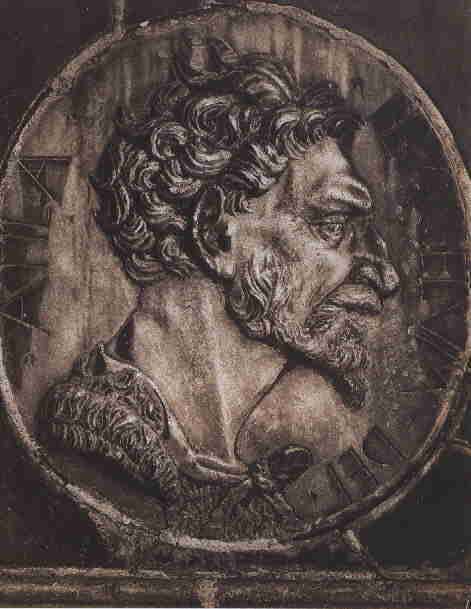Attila, le fléau de Dieu
Ego sum Attila, flagellum Dei !
C'est ainsi que, selon la légende, Attila se serait présenté à Lupus, évêque de Troyes, quelques semaines avant la fameuse bataille des Champs Catalauniques (20 juin 451).
Les Huns ont commencé leur migration des plaines d'Asie centrale vers l'ouest vers l'an 370, repoussant devant eux différents peuples d'origine germanique. Ils traversent le Danube en 395 et s'établissent en Pannonie, l'actuelle Hongrie.
Attila est né vers 406 et devient roi des Huns en 445, après la mort de son frère aîné, Bleda. Un historien grec nommé Priscus a rencontré Attila dans son campement en 448 lors d'une mission diplomatique. Il décrit le roi des Huns comme quelqu'un de peu intéressé par le luxe, se contentant de repas et de vêtements simples.
Ego sum Attila, flagellum Dei !
This is how, according to the legend, Attila introduced himself to Lupus, bishop of Troyes, a few weeks before the famous battle of the Catalaunian Fields (20 June 451).
The Huns began their westwards migration from the Central Asian plains around 370 AD, pushing before them various Germanic peoples. They crossed the Danube in 395 AD, and settled down in Pannonia, the actual Hungary.
Attila was born around 406 AD and became sole king of the Huns in 445 AD, following the death of his elder brother Bleda. A Greek historian called Priscus met Attila at his encampment in 448 AD during a diplomatic mission. He describes the king of the Huns as someone who shunned luxury, and who satisfied himself with simple food and clothing.

